#reptan
Explore tagged Tumblr posts
Text

Variegated creeping Jacob’s ladder, Polemonium reptans. I grow the true native variety in the garden. This is in a container with a cardinal flower.
#pennsylvania#flowers#plants#plantblr#creeping jacob’s ladder#polemonium reptans#may#springtime#bloomscrolling#native plants
129 notes
·
View notes
Text



















Blake and I headed up into the mountains yesterday to make the most of a glorious spring day, which was cool and illuminated by a beautful, flooding sunlight. At this time of year, there is still significant variation in the progression of the spring forests from the valleys to the summits, often with a temperature differential of from 5 to 10 degrees. Down on Gandy Creek, the fly fisherman were out in force after a trout stocking, but Blake's fly-fishing gear is out of commission right now, so he could only watch in envy. He's a great salamander hunter, however, and he did catch a gorgeous northern two-lined salamader (Eurycea bislineata), which reaches its southern-most range around these parts.

#appalachia#west virginia#vandalia#allegheny mountains#spring#wildflowers#amphibian#monongahela national forest#spruce mountain#spruce knob#gandy creek#us route 33#rich mountain#wild geranium#spreading jacob's ladder#polemonium reptans#creeping phlox#buckbean#buck-bean#Menyanthes trifoliata#pink lady's slipper#moccasin flower#Cypripedium acaule#golden ragwort#marsh marigold#marsh-marigold#Caltha palustris#lowbush blueberry#Vaccinium angustifolium#green false hellebore
133 notes
·
View notes
Text

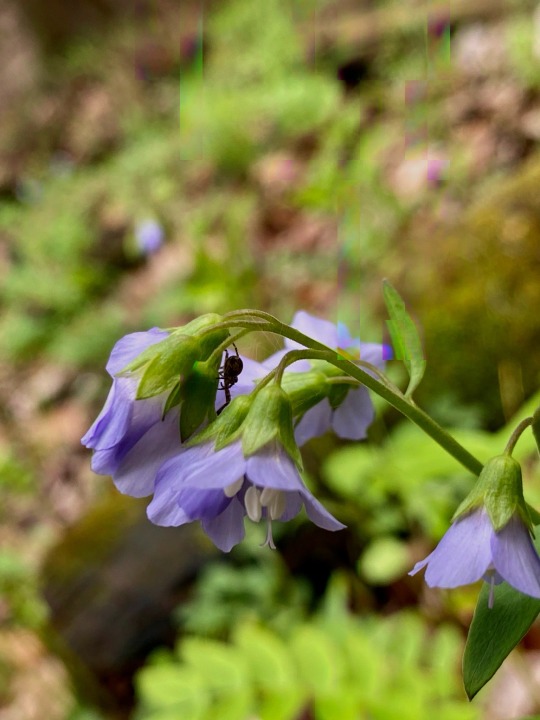
˖ ࣪⊹ Polemonium reptans with a visitor⋆.✧̣̇˚.
#forest doll#Polemonium reptans#spider#spider webs#wildflower#native flowers#native flora#native plants#botanical#botanical garden#secret garden#woodland#fairycore#cottagecore#gardencore#whimsigoth#midwest#ohio#mill creek park#spring flowers#spring#enchanted woodland#nature#forest#fairy#art#my photo
44 notes
·
View notes
Text
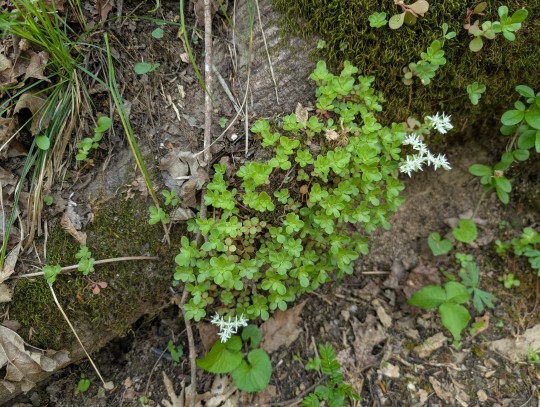






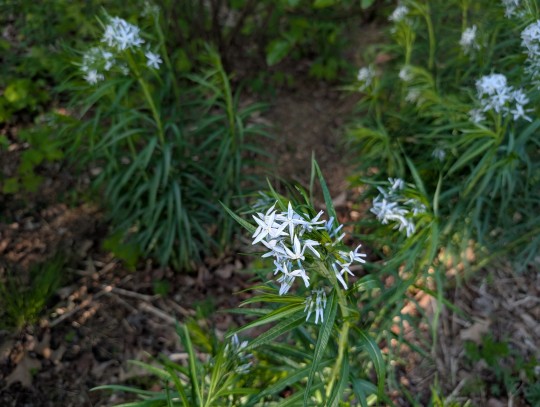
April-May wildflowers 1
#landscape#landscape photography#nature#nature photography#naturecore#photography#woods#forest#flowers#wildflowers#stonecrop#sedum#jacobs ladder#polemonium reptans#wild ginger#asarum canadense#pawpaw#asimina triloba#dwarf larkspur#delphinium tricorne#waterleaf#hydrophyllum#baptisia#baptisia australis#bluestar#amsonia tabernaemontana#spring#april#may#kentucky
20 notes
·
View notes
Text

Ajuga reptans 'Burgundy Glow' / 'Burgundy Glow' Carpet Bugle at the Sarah P. Duke Gardens at Duke University in Durham, NC
#Ajuga reptans#Ajuga#Lamiaceae#Ajuga reptans 'Burgundy Glow'#Burgundy Glow carpet Bugle#Carpet Bugle#bugleweed#Blue Bugle#Plants#Flowers#Nature photography#Photography#photographers on tumblr#Sarah P. Duke Gardens#Duke Gardens#Duke University#Durham#Durham NC#north carolina#🌺🌻
11 notes
·
View notes
Text
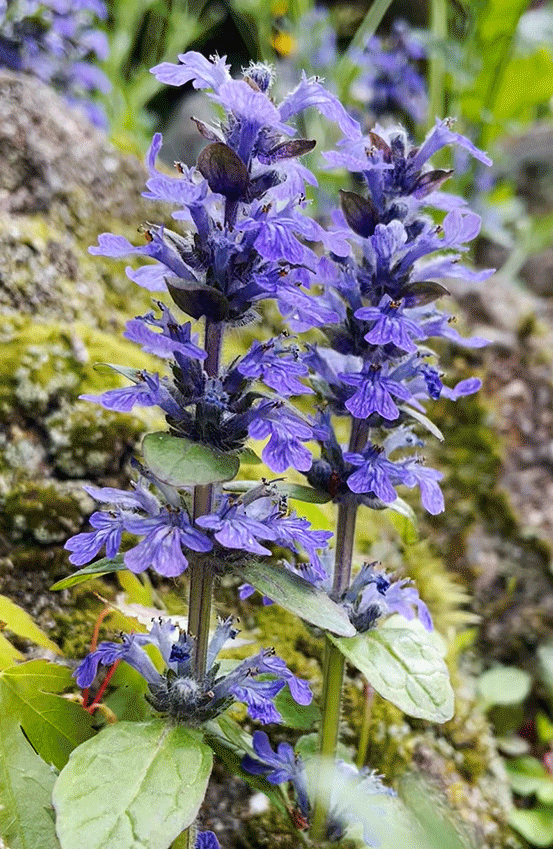
15 notes
·
View notes
Text

3 notes
·
View notes
Text
Misogi Kumagawa (Medaka Box)


Name: Misogi Kumagawa
Series: Medaka Box
Gender: Male
Status: Alive
Family: The Kumagawa Family
Flower Motif: Blue Jacob’s Ladder (Polemonium reptans)
Flower Meaning: Perseverance
Weapon of Choice: Katars
Associated With: Interdimensional Hero Club
Hero Form Appearance: A combination of a defender’s gear and YuYuYu’s Hero Form outfits. The undersuit of the outfit is a dark blue so as to make sure that the lighter blue of the main outfit stands out. The main outfit is indeed a light blue, but as you make your way towards the lower half of the sleeves, the lower half of the pants, and tailcoat, it shifts to a more rich blue. Accent colors include black, white, gray, silver, gold, cyan, purple, green, and Seafoam green. The boots, gloves, and belt all have patterns of the Jacob’s Ladder flower, and the only other accessory is a Jacob’s ladder flower hairpin that Misogi wears. The flower’s petal shape can be seen in the collar, tailcoat, and sleeves.
Full Bloom Gauge Location: Right Shoulder
Guardian: Toyo (Based on the Toyol)
Favorite Food: Tarako Pasta
Parallel To: None
Bio: Misogi is a senior of Class -13 and its first student. An executive member of Class -13, he is the center of the new Flask Plan, as well as the leader of the new Student Council created to oppose Medaka Kurokami. Kumagawa is the chief antagonist of the Kumagawa Incident Arc. After being defeated and reformed by Medaka, he joins her Student Council as its vice-president. He is also the protagonist of the Good Loser Kumagawa spin-off series, which takes place prior to the start of the series.
#crossover#shueisha#weekly shonen jump#wsj#yuki yuna au#yuyuyu au#character bio#flower#flowers#Medaka box#Misogi Kumagawa#Jacob’s ladder#Polemonium reptans#blue Jacob’s ladder
5 notes
·
View notes
Text
Next up was a plant - Ajuga reptans ~
That's how elegant she is.
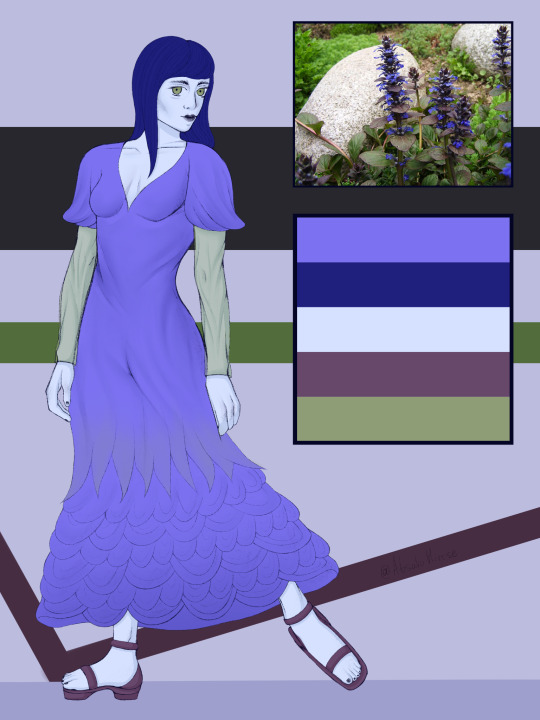
#art#artists on tumblr#digital art#illustration#illustrators on tumblr#drawing#fanart#sketch#ajuga reptans#art challenge#humanization#drawing challenge#plants
7 notes
·
View notes
Text

Bugle Flowers
Bugle flowers standing tall amongst the long grass, at Glapthorn Cow Pastures.
#ajuga reptans#bugle#carpet bugle#flora#flower#flowers#glapthorn#glapthorn cow pastures#nature#nature reserve#northamptonshire#northants#outdoors#petals#plant#plants#spring#wildlife trust#wildlife trusts#wood#woodland#woods
1 note
·
View note
Text
In English: "creeping cinquefoil" or "European five-finger blossom",
In Polish: pięciornik rozłogowy
Latin name: Potentilla reptans L.

#creeping cinquefoil#five-finger blossom#potentilla reptans l.#yellow#flower#garden#yellow flowers#green#grass#bloom#poland#blog#my own post#my own photography
1 note
·
View note
Text
Acalypha Reptans
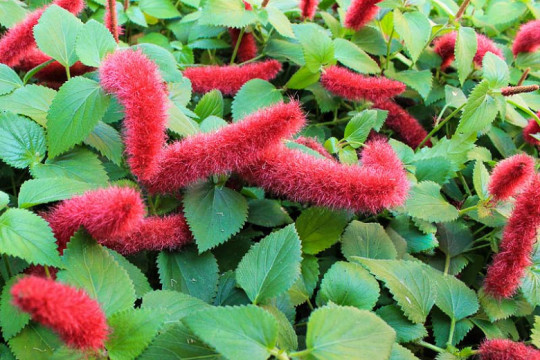
The Acalypha reptans plant is an attractive houseplant with eye-catching red-free flowers. This is categorized under groundcover, hanging & ornamental plants.
COMMON NAME: Dwarf Chenille
SCIENTIFIC NAME: Acalypha reptans
FAMILY: Euphorbiaceae
SOIL: Loamy, clay & sandy soil or good organic potting mix.
ORIGIN: Florida
PLANT HEIGHT: 5 to 8 inches.
0 notes
Text
Ajuga reptans - Bugleweed
I've had this plant in the difficult garden* for a few years but this year it seems to be doing really well. It had been spreading vigourously but didn't look as healthy as it does right now. I did wonder whether it might be spreading too much and I'd need to pull it out, but it seems to be reaching a balance.
*no drainage in winter, dry in summer, between a hedge and a concrete path
Ajuga reptans - Bugleweed - European native - check status in other areas because its spreading nature and general survivability make it a good candidate for becoming a pest.
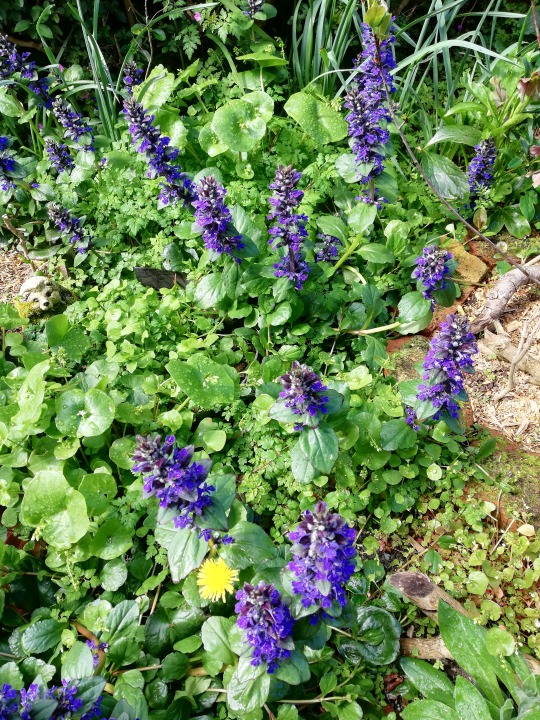

1 note
·
View note
Text

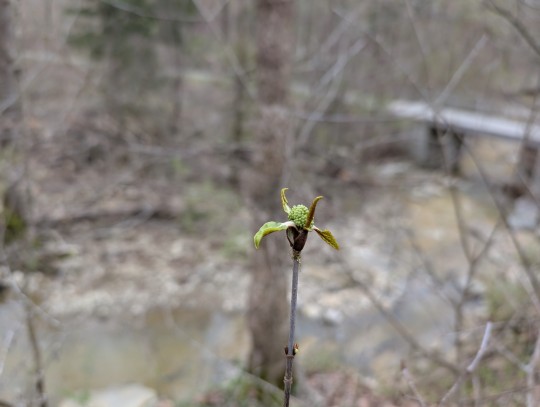








More March-April wildflowers
#nature#nature photography#naturecore#photography#trees#woods#flowers#wildflowers#willow#salix#red elderberry#sambucus#sambucus racemosa#rue anemone#anemonella thalictroides#polystichum acrostichoides#jacobs ladder#polemonium reptans#mayapple#podophyllum peltatum#acer#red maple#box elder#acer negundo#acer rubrum#eastern red cedar#juniperus virginiana#april#spring#kentucky
3 notes
·
View notes
Text

Ajuga reptans / Carpet Bugle at the Sarah P. Duke Gardens at Duke University in Durham, NC
#Ajuga reptans#Ajuga#Lamiaceae#Carpet Bugle#bugleweed#Bugle#Blue Bugle#Bugleherb#Carpet weed#Plants#Flowers#Nature photography#photography#photographers on tumblr#Sarah P. Duke Gardens#Duke Gardens#Duke University#Durham#Durham NC#north carolina#🌺🌻
3 notes
·
View notes
Text
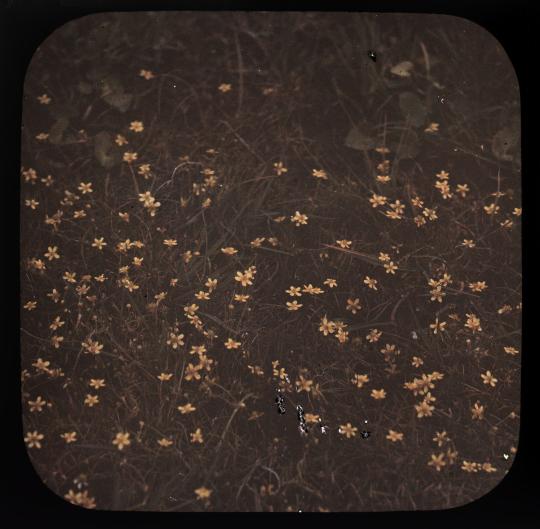
Hanna Resvoll-Holmsen - Ranunculus reptans 3/7-11
1K notes
·
View notes